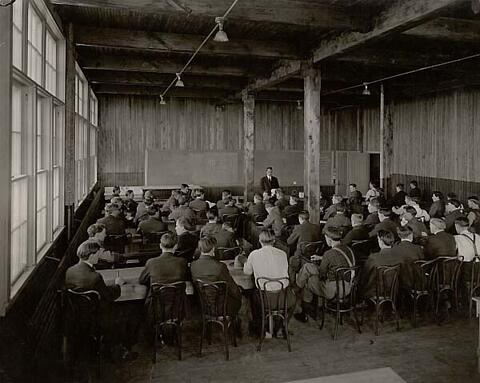
Zona do título e menção de responsabilidade
Título próprio
Department of Field Husbandry - Class in Session
Designação geral do material
- Material gráfico
Título paralelo
Outra informação do título
Título e menções de responsabilidade
Notas ao título
Nível de descrição
Item
Entidade detentora
Código de referência
Zona de edição
Menção de edição
Menção de responsabilidade da edição
Zona de detalhes específicos de materiais
Menção da escala (cartográfica)
Menção da projecção (cartográfica)
Menção das coordenadas (cartográfico)
Menção da escala (arquitectura)
Autoridade emissora e denominação (filatélica)
Zona de datas de criação
Data(s)
-
[191-?-192-?] (Produção)
Zona de descrição física
Descrição física
1 photograph : b&w ; 24.7 x 20.3 cm
1 negative : b&w ; 12.5 x 10 cm
Zona dos editores das publicações
Título próprio do recurso continuado
Títulos paralelos das publicações do editor
Outra informação do título das publicações do editor
Menção de responsabilidade relativa ao editor do recurso contínuo
Numeração das publicações do editor
Nota sobre as publicações do editor
Zona da descrição do arquivo
Nome do produtor
História custodial
Âmbito e conteúdo
Field Husbandry (later Crop Science) class in session; view from back of class looking towards professor.
Bio/Historical Note: The Field Husbandry Building was conceived and constructed as a direct result of the fire that destroyed the Engineering Building in 1925. The Department of Field Husbandry, which had moved to Engineering four years earlier, lost its entire seed stock to the blaze. The Engineering Building that rose from the ashes was not, however, to include the Department of Field Husbandry. They were to have their own new and separate structure. Designed by David Brown, the stone clad structure was finished in 1929 at a cost of $260,000 and contained offices, classrooms and laboratories. The building also acted as a screen to mask the brick portion of campus from the buildings around the Bowl. In 1937 an addition, designed by local architect and University lecturer G.J.K. Verbeke, extended the building northward. The School of Medical Science moved into the addition from their cramped quarters in the College Building and stayed until the completion of the Medical College in 1950. Field Husbandry changed its name to Crop Science in 1962 and remained in the building until the College of Agriculture Building was completed in 1991. In 1997 the Department of Anthropology and Archaeology moved into the building, which was renamed accordingly. The Department of Anthropology was amalgamated with the Department of Religious Studies and relocated from the building in 2002; the building was subsequently renamed the Archaeology Building.

